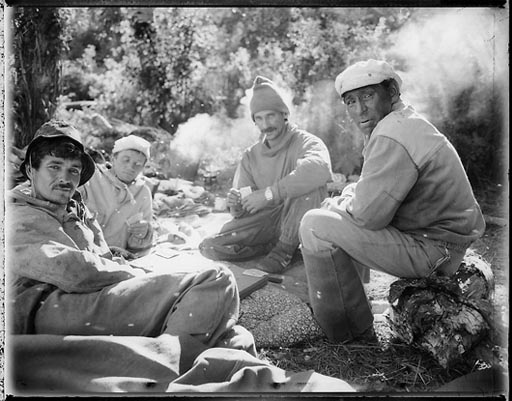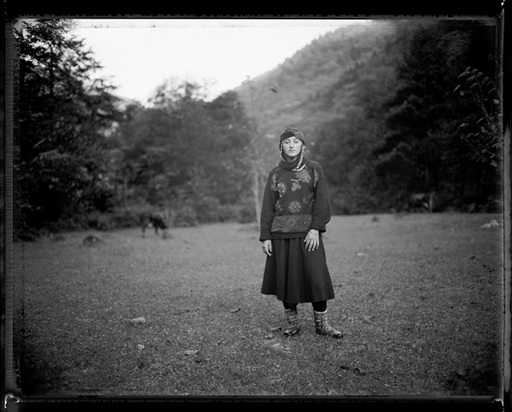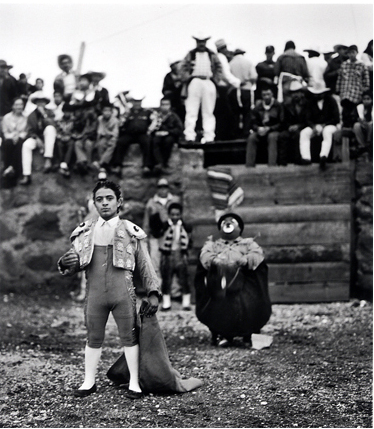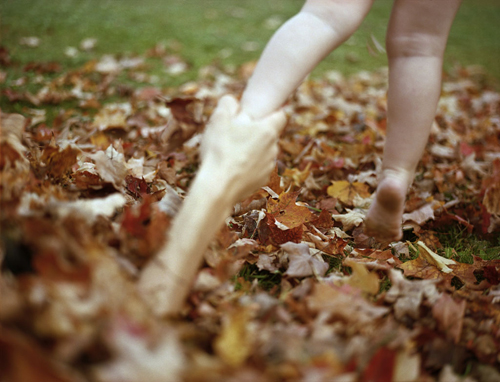Al Kaplan
Veteran
When the moment presents itself take the picture. The moment will never return! Later, on the editing table, squinting through a loupe, is the time to evaluate how effective the photo really is.
MCTuomey said:Not to be contentious, but the people who buy my field sports pictures prefer the sharp isolation of the subject to the panned look, hands down. It's down to taste or the cult of the individual or just a desire to make an important moment appear to freeze in time, I don't know. But it is the clear preference by a very large majority.
I don't think the people who buy such photos or read SI confuse sports figures with chess players at all. Sports photos aren't "primed" to shoot at high shutter speeds, either. Much more the case that sportsshooters use wider apertures to isolate the subject, leading to fast s/s. Not always, but most of the time, depending on the shot.
kevin m said:It works. Looks painterly.
I took the liberty of working on it a bit, I hope you don't mind. 🙂
sitemistic said:most people (who haven't your practiced eye) don't understand the "artist's" intent and simply think them bad photos. While the photo intelligentsia may gaze longingly at a dark, fuzzy 20x30 print and declare his choice of a Noctilux just perfect, the artist will find 99.99 percent of viewers will simply declare it defective.








Why does "photos shot with the Noctilux" imply "unsharp photos" ? Could it be that you misunderstood the difference between "motion blurr", "camera shake", "DOF", and "out-of-focus" rendering ?sitemistic said:I think there is a very fine line. I've seen a lot of photographers who claimed to disdain sharpness as a way to cover up their laziness and lack of technical skill. I personally don't like unsharp photos, which is one of the reasons I don't like photos shot with the Noctilux.

